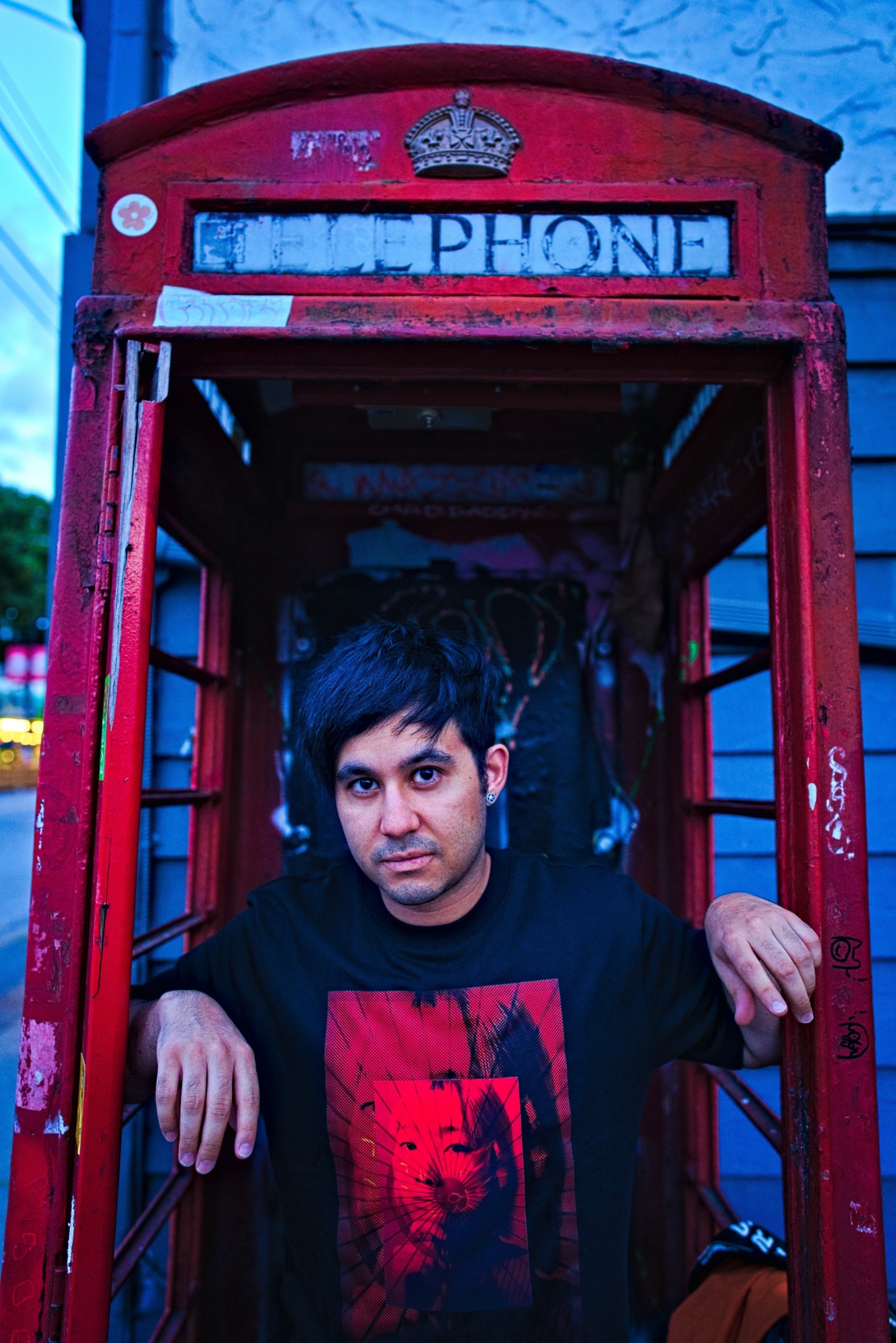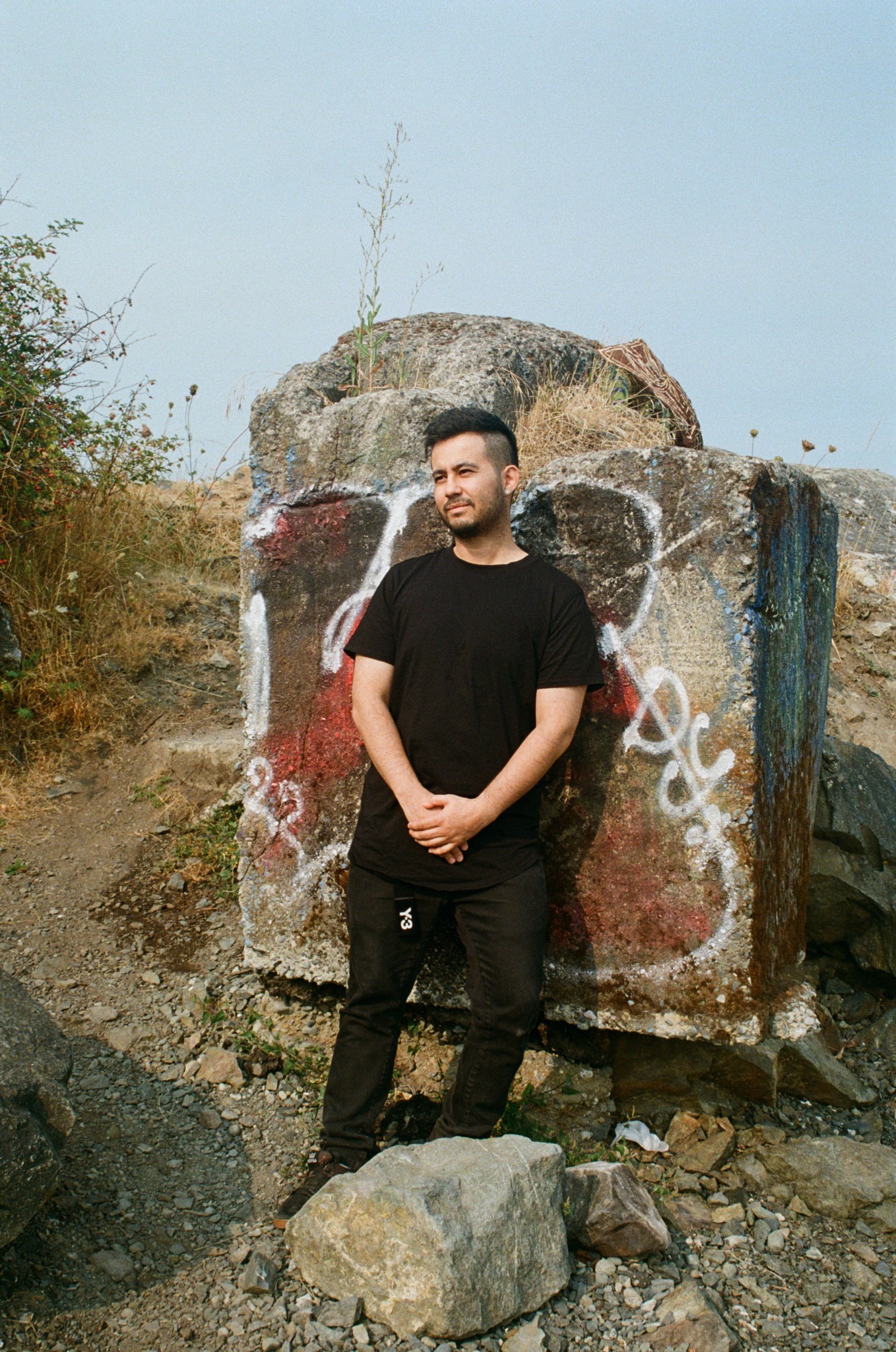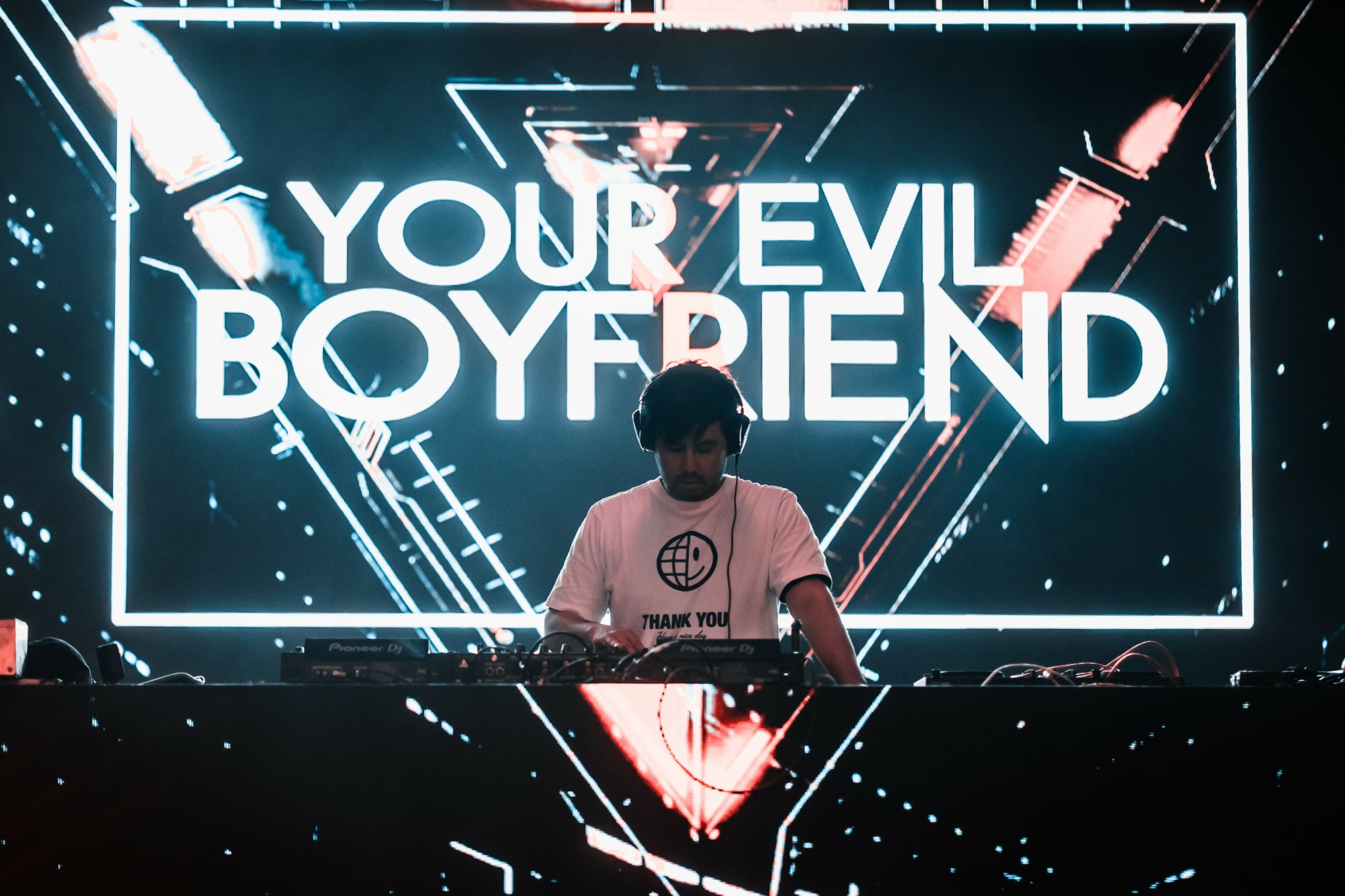We’re excited to introduce you to the always interesting and insightful Diego Salgado-Sanchez. We hope you’ll enjoy our conversation with Diego below.
Alright, Diego thanks for taking the time to share your stories and insights with us today. Let’s jump back to the first dollar you earned as a creative? What can you share with us about how it happened?
I remember signing with a label and releasing at least five songs to them, but despite receiving over 50,000 streams, I never saw a penny in royalties. I even invested in marketing, yet the label never paid me anything. However, when I released my first independent song, I earned $12 from just 5,000 streams. It wasn’t a lot, but it made me realize that releasing my own music was a better path. Not only could I keep the revenue, but I could also reinvest that money into further promotion. I felt a sense of accomplishment having earned money on my own, without relying on anyone else. I requested the payment to be transferred to my bank account, and about five business days later, when the funds appeared in my account, I treated myself to my favorite burger—a Baconator from Wendy’s.

Great, appreciate you sharing that with us. Before we ask you to share more of your insights, can you take a moment to introduce yourself and how you got to where you are today to our readers.
I got into making music because I was sent to Mexico for an internship. I had studied chemistry in Canada, and my internship was at a silver mine in the Sonora Desert. There wasn’t much to do after work, so I started watching videos on how to make music. I remember watching Ian Carey talk about a software called Acid Pro 7 that he used to make music, and explaining what samples were. I think I watched about 12 hours of tutorials on how to use the software before downloading a copy of it. Then I started showing my terrible early music to my coworkers. Haha. After my internship was done, I used the money that I got from the job and bought a DJ controller and I started to practice DJing. I would practice every day instead of studying chemistry and really enjoyed recording my mixes and studying them so I could figure out how to get better. A few months later I joined a fraternity and one of the guys that was in the frat told me to enter a DJ competition. I entered and I think I ended up doing pretty well that I got offered a gig a few days later. Then another, then another. I kinda got lucky, I guess. During those days, I went under the moniker Nu Be, which means cloud in Spanish cuz of the gas that I would see while doing chemistry in the mines. I kept getting more gigs that I ended up playing a big festival at my university with thousands on people and even got to open for artists like Felix Cartal, Dyro, Trivecta, just to name a few.

For you, what’s the most rewarding aspect of being a creative?
Honestly, I use my music like a diary to reflect on whatever’s going on in my life. I tend to write with sadder chords and pair them with aggressive, intense sounds. My whole process of making music allows me to explore my love for chaos, as well as the way deep, strong emotions can shape you or change the course of your life. The most rewarding part isn’t just writing the beat—it’s collaborating with singers to bring my vision of a song to life. I try to capture a specific memory and use it to share an emotion that resonates with others, whether it makes them want to dance or sing along to the lyrics. My favorite song I’ve written so far is Bye Bye Sarah, featuring Sauniks and the singer JOY. The concept behind the song revolves around the loss of a pet, which for me was my first experience with death. It was the moment I realized how fragile life is, and how important it is to cherish the time you have with pets or people, because you never know when they might be gone. Having someone connect with my themes and tell me that they love the song is the most rewarding part because we were able to share the same feeling for time the melodies were in our ears.

In your view, what can society to do to best support artists, creatives and a thriving creative ecosystem?
This might sound silly, but engaging on social media really helps with the algorithm. The more interaction you get, the more people—potentially new people—can see your art. The best part is that it’s free and only takes a few seconds. Buying t-shirts and streaming music helps too, but for most electronic music artists, the majority of the income comes from playing shows. So, don’t forget to like my posts!

Contact Info:
- Website: www.yourevilboyfriend.com
- Instagram: https://www.instagram.com/yourevilboyfriendmusic/
- Youtube: https://www.youtube.com/@yourevilboyfriend
- SoundCloud: https://soundcloud.com/yourevilboyfriend
- Other: https://open.spotify.com/artist/0cXtczOTWRmiijOqXGRtBa?si=t-t_RtggQ8uGzl2lPxAZKg
Image Credits
DJ Wax and Devax Media


